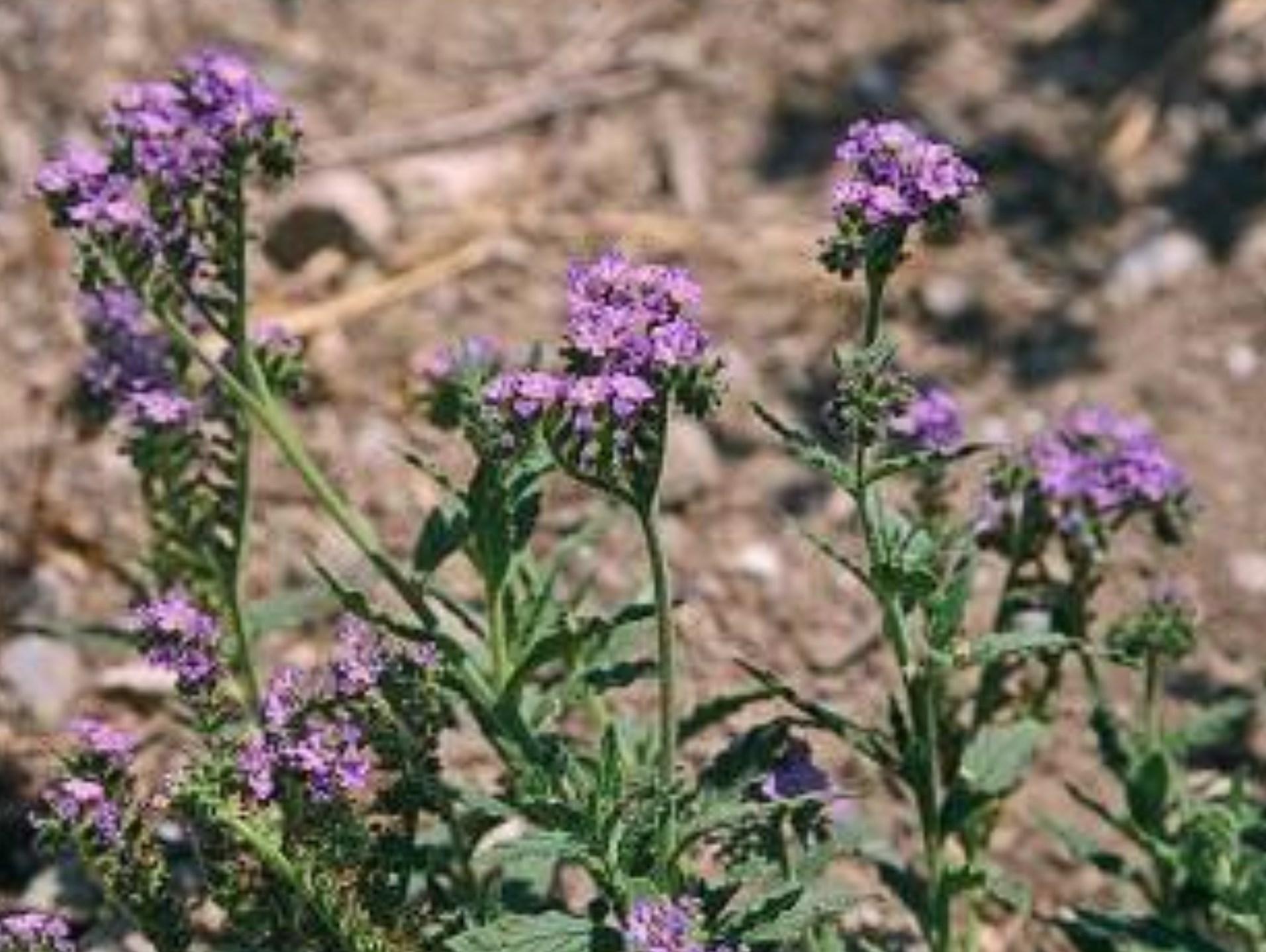Created on: Friday, Jul 1st, 2016
USDA GRIN: https://npgsweb.ars-grin.gov/gringlobal/taxonomydetail.aspx?id=401698
USDA PLANTS: http://plants.usda.gov/core/profile?symbol=HEAM4
GBIF: http://www.gbif.org/species/2925790
Jepson: http://ucjeps.berkeley.edu/eflora/eflora_display.php?tid=27903
Queensland: http://keyserver.lucidcentral.org/weeds/data/media/Html/heliotropium_amp...
New South Wales: http://weeds.dpi.nsw.gov.au/Weeds/Details/19
Reviewed by Naomi Fraga, Rancho Santa Ana Botanic Garden.
- < 13 : accept (low risk of invasiveness)
- 13 - 15 : evaluate further
- > 15 : reject (high risk of invasiveness)

